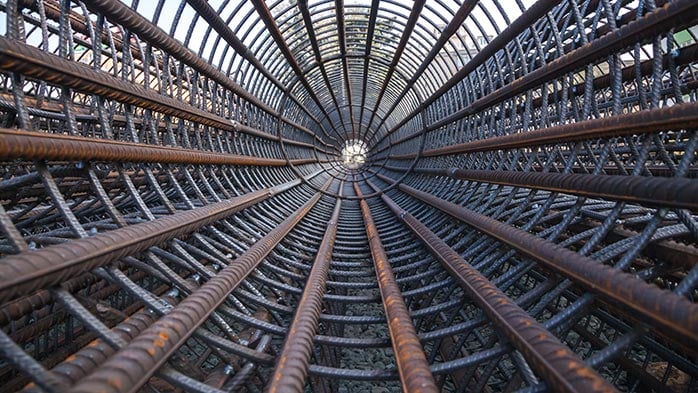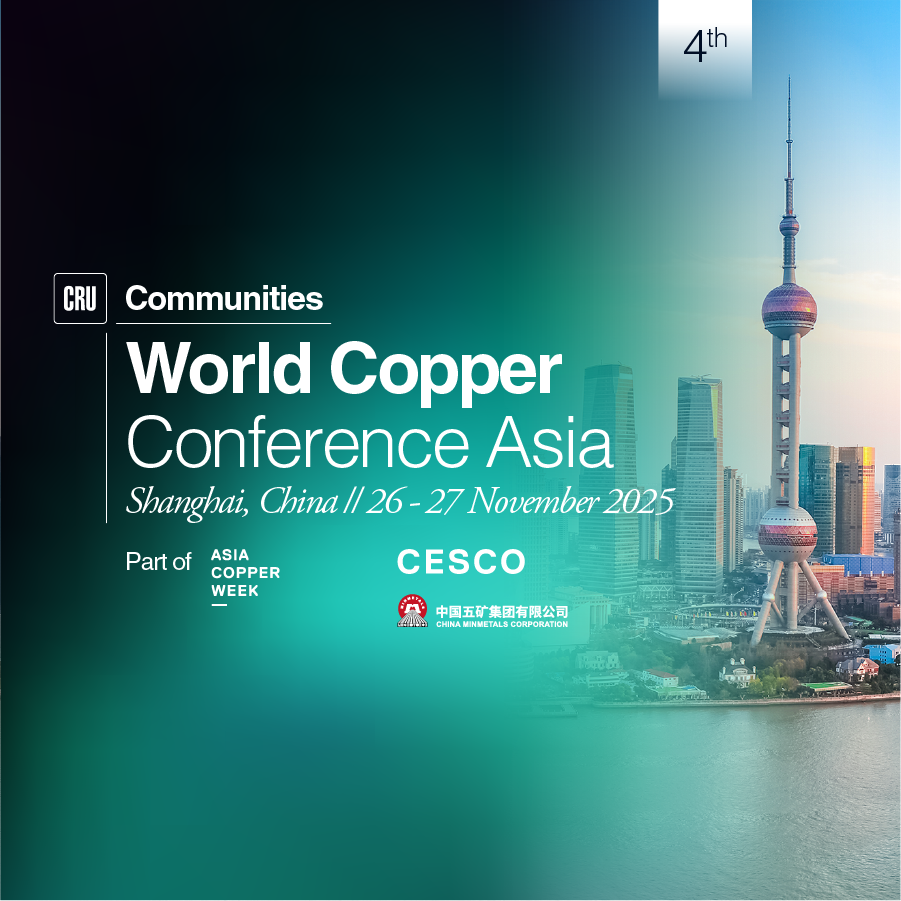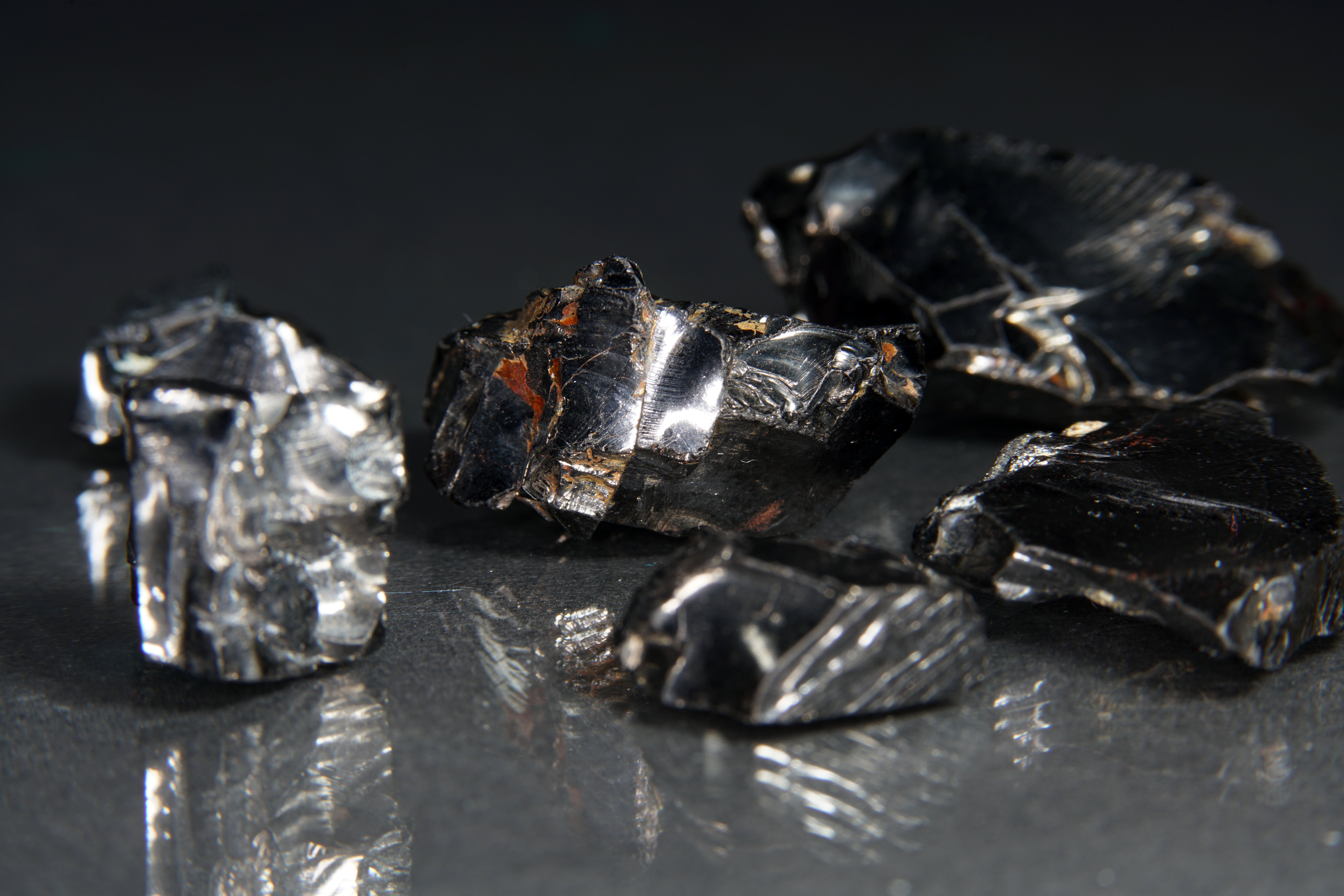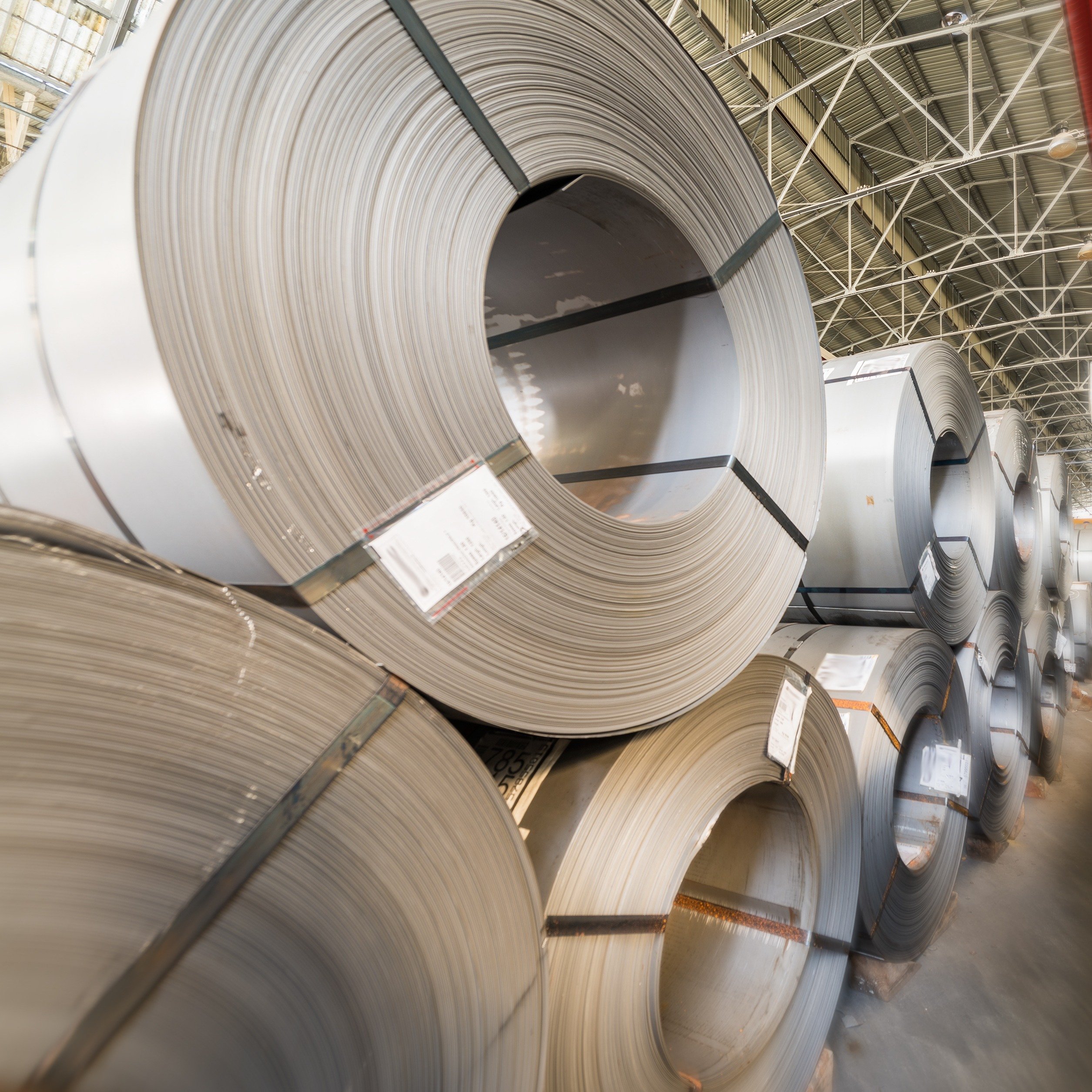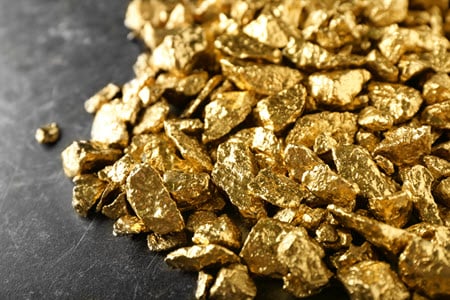As geopolitical tensions rise, so does demand for metals in defence. Yet, procurement teams must navigate increasingly fragile supply chains, volatile pricing and growing competition from green technologies. From disrupted trade flows to cost spikes and regional concentration of supply, risks are mounting across the defence value chain. To avoid supply and cost risk, defence organisations must act early. CRU delivers the insight needed to anticipate market shifts and secure critical metals ahead of disruption.
Global trends driving demand in metals for defence
Rising geopolitical tensions and intensifying conflicts across the world, such as the war in Ukraine, war in the Middle East and tensions in the Indo Pacific have shifted the focus to increased defence spending.
As defence spending rises, there will be more demand for military equipment. Governments responded by raising budgets. The European Commission launched its ReArm Europe Plan, Germany has moved to override its debt break to fund additional military investment, and NATO has also pressed members to commit more to hard defence.
The growth in demand for military equipment will increase demand for a wide range of materials. Metals for defence – including steel, aluminium, copper and rare earths – will remain essential inputs for new equipment and infrastructure.
Procurement of metals for defence exposed to various risks
Procuring these materials has become increasingly complex. Commodity prices have remained elevated and highly volatile, with the past five years marked by significant swings. Security of supply has come under increasing pressure due to a growing concentration of production and rising geopolitical tensions.
Defence procurement has also faced added constraints. Materials have been subject to trade controls, and many countries have been prioritising domestic sourcing. Meanwhile, the same metals have seen high demand for fast-growing industries like renewables and electric vehicles.
To mitigate these risks, businesses must understand these changes and act early. CRU provides the market intelligence needed to anticipate risks and secure supply.
Supply risk: Disrupted or geopolitically concentrated supply
Supply chains for metals used in defence have become increasingly concentrated. This is most evident in China’s dominance of critical materials and minor metals, which are key for the defence value chain.
Looking ahead, supply across many base and battery metals will become more concentrated over the medium term. This will increase the complexity and exposure to disruption. For procurement teams, this will mean greater vulnerability to geopolitical tensions and supply disruptions.
CRU supports risk mitigation through our Market Outlooks and Bespoke Risk Criticality Dashboards, helping you:
- Track geopolitical risks and regulatory chokepoints
- Prioritise sourcing from stable and allied regions
- Build alternative sourcing strategies using supply insights
Volatility risk: Unpredictable cost spikes and forecast rising costs
Commodity markets have entered a period of sustained volatility. Macroeconomic shocks become more normalised – the COVID-19 pandemic, war in Ukraine and trade wars have made supply disruptions more frequent and severe.
These shocks have often forced buyers to react defensively – securing last-minute supply, forming stockpiles or adjusting procurement strategies. The resultant market tightness has triggered prices rises, followed by price corrections as supply chains have rebalanced.
CRU’s Assessed Prices, Price Forecasts and Asset Services help you:
- Use forward pricing to guide tendering and contract decisions
- Track drivers of price volatility to better time procurement
- Benchmark historical price trends to inform contract structures
Competition risk: Competing with EVs and renewables for the same input materials
The defence sector has been increasingly competing with high-growth industries – particularly electric vehicles and renewable energy – for the same critical input materials. The shift away from fossil fuels has significantly increased metal demand in these sectors. These industries are both well-funded and politically backed, driving rapid demand growth from 2020.
Through CRU’s sector-specific services like the Automotive Materials and Power Transition Services, we help you to:
- Benchmark defence exposure against high-growth sectors
- Track competing sector demand trends
To explore how CRU can support your mission-critical sourcing and strategic planning needs, get in touch with our team. Whether you're looking to strengthen visibility on price risk, secure reliable data for procurement decisions, or map future supply vulnerabilities, we’re here to help.
Contact us today to arrange a confidential discussion tailored to your supply chain priorities.







